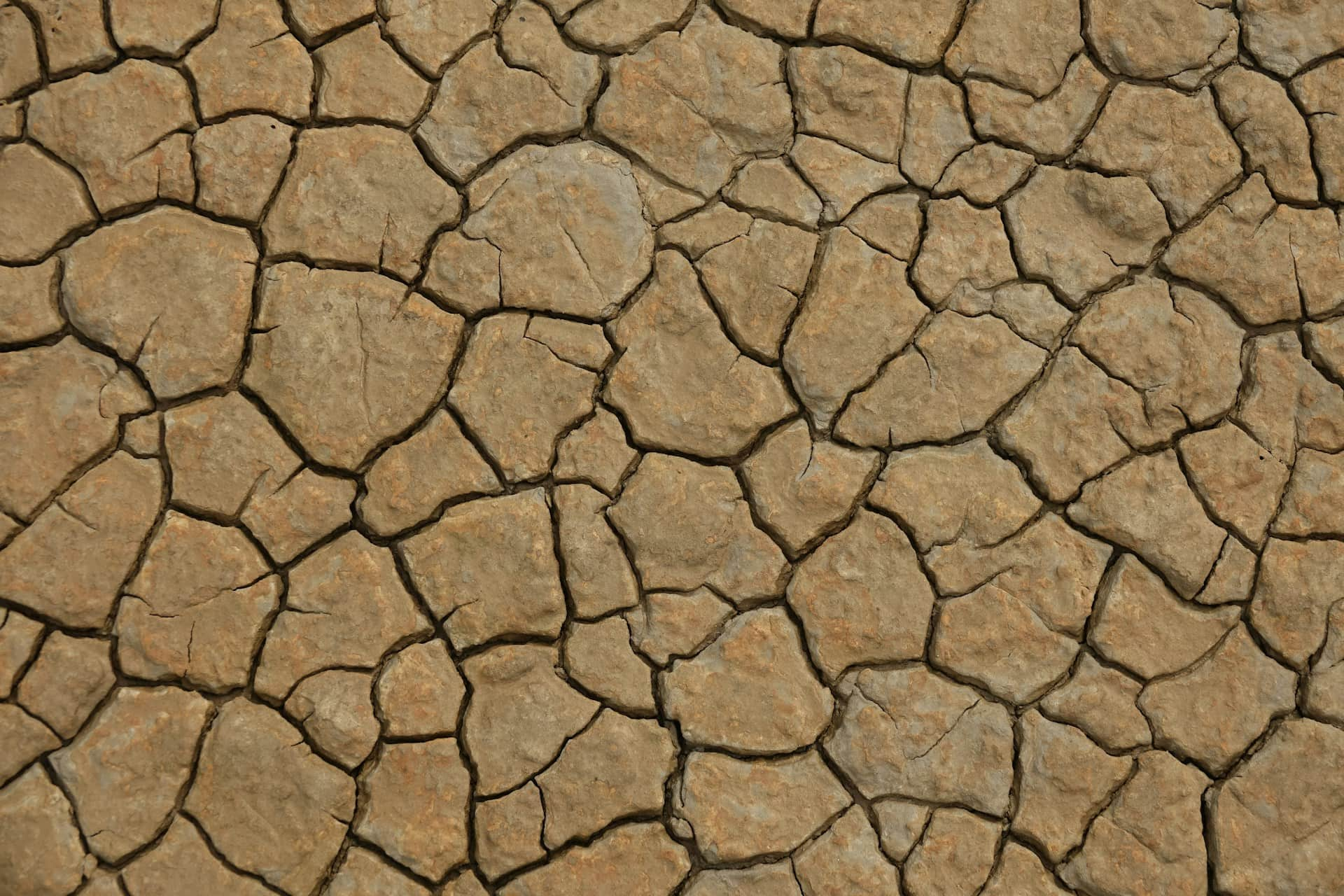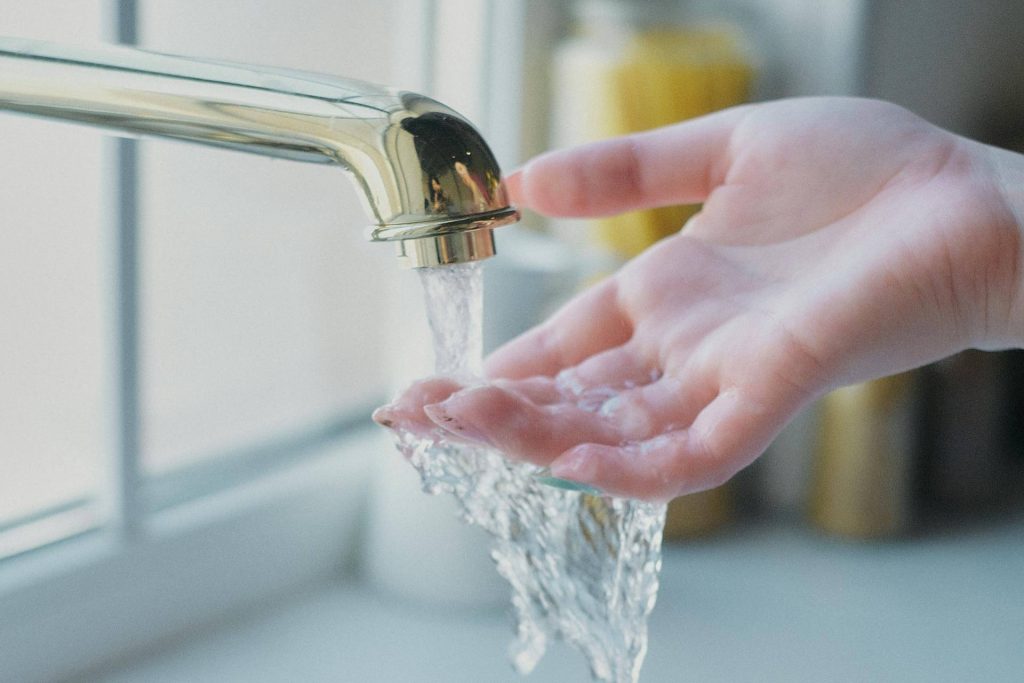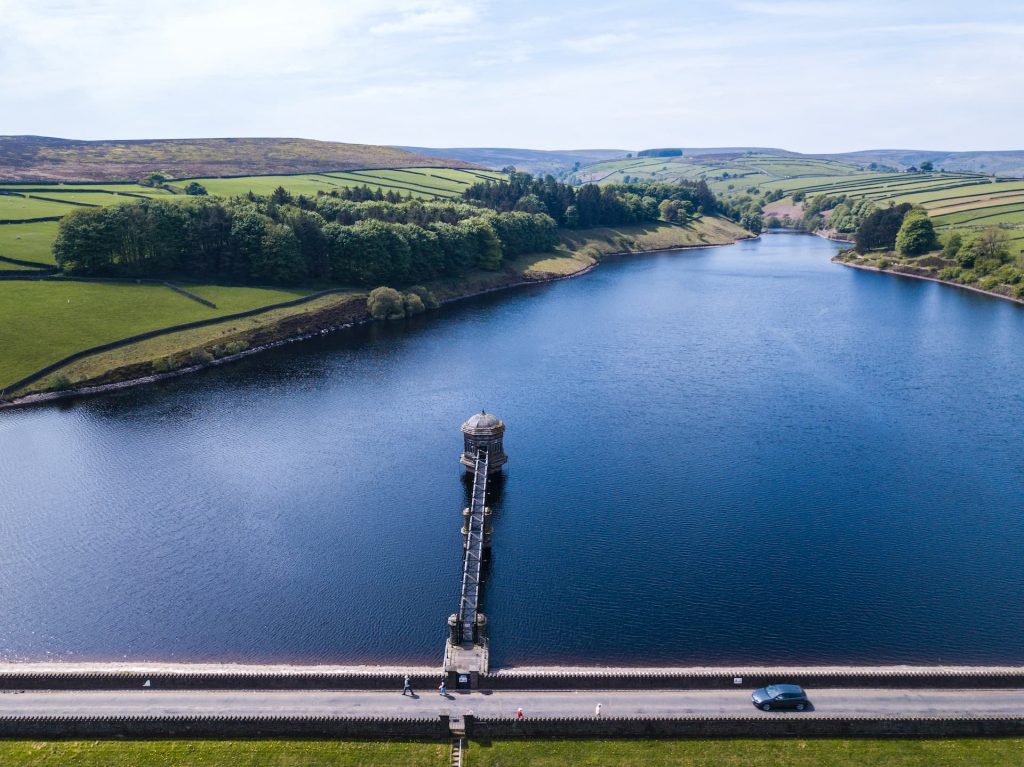Climate change has been on everyone’s lips for decades now, with governments only recently starting to introduce measures to reduce their energy usage in an attempt to slow this down.
While most people are aware of some of the consequences of climate change, including rising global temperatures and melting ice caps, less attention is given to another escalating problem – the global water crisis.
The extent of the water crisis
The world is currently experiencing a water crisis, with as many as 703 million people lacking access to clean water. This amounts to one in ten people across the globe.
Consequently, over 1,000 children under five years old die from diseases they have picked up from contaminated water sources and poor sanitation every single day.
The UN Environment Programme also revealed that half of the world’s population have to deal with a lack of water at least one month of the year.
Even more worrying, as much as 1.8 billion people are likely to face “absolute water scarcity” by 2025.
Causes for a lack of available water
One of the main reasons for the lack of available water is climate change, due to it altering weather patterns. It has made floods and droughts more likely to occur, resulting in debris being washed into waterways.
Extremely dry land cannot soak up water as well, which means floods simply result in sediments polluting rivers and lakes, including pesticides. This makes the water unsafe for humans and animals to drink.
At the same time, the rising global temperature means the atmosphere can hold more moisture. This can result in more dry spells, as water can evaporate from the land and remain in the atmosphere.
This can also cause heavy rainstorms, leading to flooding and other water-related disasters.
Climate change is also leading to ice sheets melting and, subsequently, sea water levels rising. This extends the salinisation of groundwater, meaning there is less freshwater available in coastal areas.
Ice and snow melting from mountainous areas means there is less freshwater for those living in these regions.
The continuing global population growth is also putting more pressure on water resources, as well as causing cities and towns to expand. As a result, natural landscapes, such as wetlands, forests, marshes and swamps, are being destroyed, with these being a natural shield against extreme weather conditions and effective at storing water.
Solutions to the global water crisis
Taking action to prevent the water crisis from getting worse is imperative, as millions of people all over the world are suffering from dehydration, contaminated water sources, poor sanitation, a lack of hygiene, and a loss in income from failing crops.
Children are also missing out on their education, as they have to travel huge distances every day just to source some water for their families. In many areas of the world, women and girls walk around six km everyday to carry 40 pounds of water back, falling behind in their studies during the process.
Therefore, it is essential that steps are taken by governments, individuals and companies to end the global water crisis. These include:
Protecting natural landscapes
Making sure natural water resources, such as wetlands, lakes, rivers, peatlands and forests, are not destroyed is essential to maintaining water availability.
Pollution, population growth, and climate change mean local communities can no longer use these areas and, therefore, have to look far and wide for safe water to drink.
Reuse wastewater
While there might be water available around the world, much of it is not safe to drink, rinse food or bathe in due to being contaminated.
However, if technologies were improved to be able to treat wastewater, it could be reused.
For instance, wastewater could be recycled for agriculture purposes, which means less groundwater would be needed and could be spared for other uses instead.
It could also help generate biogas to slow down climate change and reduce the volume of contaminated water if it is being reused instead. What’s more, using nitrogen, phosphorus and potassium from the wastewater means less reliance on fertilisers, which run off and pollute freshwater sources.
Rainwater harvesting is another option, collecting water during wetter periods so it can be used during droughts. Agriculture uses up 70 per cent of the world’s freshwater, so being able to use wastewater for many rural purposes instead would protect the safe, clean water for people and ecosystems.
Another solution is desalinating salt water so it is safer to consume.
Swapping water supplier
One of the best ways to reduce water consumption is by preventing leaks. A huge amount of water is lost every year through faulty pipes and poor infrastructure from water providers.
Customers, including businesses, could look for the best water companies that prioritise reducing water waste, instead of using suppliers that are known for their leak inefficiencies.
It is also a good idea to get water audits done, so bill payers are aware of any leaks they may have in the building that they can get repaired. This will reduce the amount of water that ends up being wasted unnecessarily.
Having an audit will identify where the infrastructure is failing you that you were, otherwise, unaware of.
Improve water source technologies
In order to help the billions of people around the world who are currently lacking daily access to safe and clean water and prevent the problem getting worse, governments also need to focus on finding new sources of freshwater.
Unicef recommends they develop new technologies to do this, such as having solar-powered water networks. This would mean deeper groundwater reserves could be utilised more easily.
Better water storage could also be introduced with the development of retention structures and pumping water into underground reserves as this will improve its quality, which is known as managed aquifer recharge.
By governments working together to identify new water resources through innovative technologies, this could prevent one in four children living with extremely high water stress by 2040.



